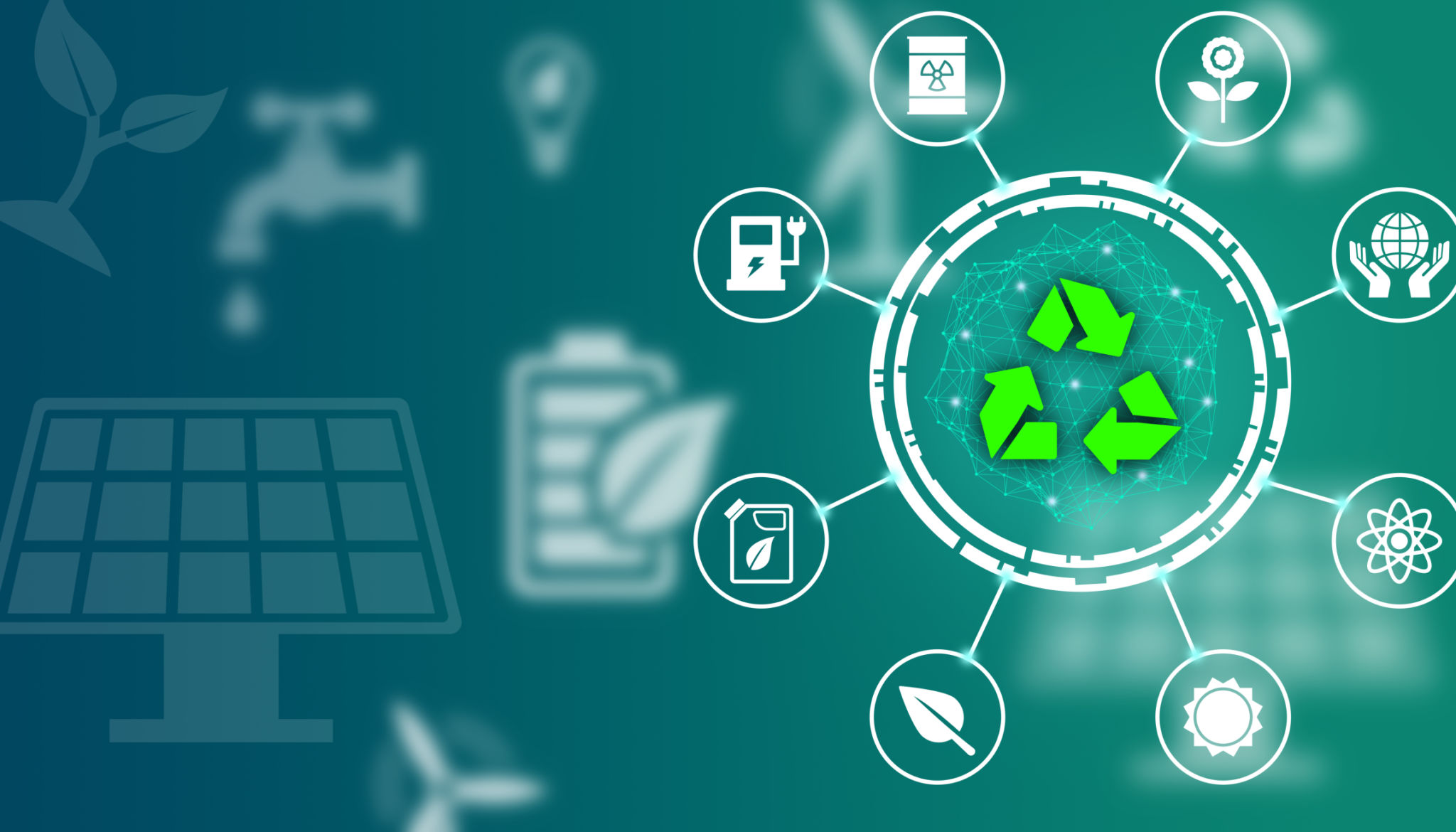Navigating Environmental Policy: A Beginner’s Guide
Understanding the Basics of Environmental Policy
Environmental policy can be a complex field, but at its core, it involves regulations and laws aimed at protecting the environment. These policies are crucial for maintaining biodiversity, preventing pollution, and ensuring sustainable use of resources. As a beginner, understanding the basics of how these policies are formed and implemented is essential.

The Importance of Environmental Policy
Environmental policies are vital because they help address the pressing issues of climate change, habitat destruction, and pollution. These policies provide a framework to balance economic growth with environmental protection. By enforcing standards and practices, they ensure that industrial activities do not harm the environment or public health.
Key Components of Environmental Policy
To navigate environmental policy effectively, it is important to recognize its key components. These include:
- Regulations: Specific rules that dictate what is permissible and what is not.
- Incentives: Benefits offered to encourage environmentally friendly practices.
- Penalties: Consequences for failing to comply with environmental laws.
Understanding these components helps in comprehending how policies are structured and enforced.

The Role of Government and International Bodies
Governments play a pivotal role in shaping environmental policy by enacting laws and setting standards. However, international cooperation is also crucial. Organizations like the United Nations and agreements such as the Paris Accord facilitate global efforts to tackle environmental issues. These collaborations are essential for addressing challenges that transcend national borders.
Challenges in Implementing Environmental Policies
Implementing environmental policies can be challenging due to various factors. Economic considerations often conflict with environmental priorities, leading to resistance from industries. Additionally, political changes can influence the continuity and effectiveness of policies. Overcoming these challenges requires persistent advocacy, education, and innovation.

Getting Involved in Environmental Policy
For those interested in contributing to environmental policy, there are numerous ways to get involved. Joining local environmental organizations, participating in public comment periods for proposed regulations, and advocating for policy changes are effective methods. Staying informed about current policies and understanding their impact is also crucial for meaningful participation.
The Future of Environmental Policy
The future of environmental policy is poised to evolve as new challenges and technologies emerge. Innovations in renewable energy, conservation techniques, and sustainable practices are likely to shape future regulations. Moreover, increased public awareness and demand for eco-friendly solutions will continue to drive policy advancements.

Conclusion
Navigating environmental policy may seem daunting at first, but understanding its basic components and the roles of various stakeholders can provide clarity. As global environmental concerns continue to grow, informed citizens can play a significant role in shaping policies that protect our planet for future generations.